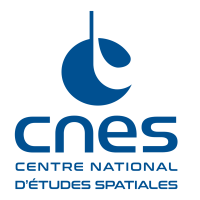En 2016, l'universalité de la chute libre a été testée pour la première fois dans l'espace. Réalisée dans un microsatellite du CNES, l'expérience a permis d’effectuer une mesure avec une précision 100 fois meilleure que sur Terre.
Informations essentielles
| Mission | Vérifier la réalité du principe d'équivalence |
|---|---|
| Domaine CNES | Sciences |
| Date de début | Lancement le 25 avril 2016 |
| Partenaires | ONERA, CNRS, ESA, ZARM (Allemagne), PTB (Allemagne) |
| Lieu | Orbite circulaire héliosynchrone |
| Durée | 2 ans |
| Statut du projet | Terminé |
Chiffres clés
- 100 fois meilleure que sur Terre : précision de la mesure
- 300 kg : masse du satellite
- 10-15 : précision de la mesure
- 0,000 000 1 °C : précision sur l’estimation des fluctuations thermiques sur le capteur
Dates clés
- Septembre 2022 : Résultats finaux des mesures du principe d’équivalence
- 17 octobre 2018 : Désorbitation du satellite
- Décembre 2017 : Première mesure du principe d’équivalence
- 25 avril 2016 : Lancement de MICROSCOPE
- 8 décembre 2011 : Décision de réalisation du satellite par le CNES
- 26 avril 2004 : Décision du projet par le CNES
Le projet en bref
Au 17e siècle, Galilée imagine, sans la réaliser, une expérience du haut de la Tour de Pise où il laisse tomber en même temps 2 objets de nature et de masse différentes. Dans sa théorie, les 2 corps touchant le sol exactement au même moment, il en déduit que dans le vide, tous les corps tombent avec la même vitesse, quelle que soit leur masse ou leur composition. C’est ce qu’on appelle l’universalité de la chute libre ou encore l’équivalence entre la masse pesante (sensible à l’attraction gravitationnelle) et la masse inerte (sensible au changement de mouvement). Cette observation sera érigée en principe, dit d’équivalence, par Albert Einstein qui en fera le fondement de sa théorie de la relativité générale.
Récemment vérifié avec un degré de précision relative de l’ordre de 10-13, ce principe est toutefois encore mis à l’épreuve. Les nouvelles théories – qui cherchent à concilier la gravitation avec les autres interactions fondamentales (nucléaire et électromagnétique) – prédisent qu’il pourrait être violé à un niveau très faible. Le satellite Microscope (MICROSatellite à traînée Compensée pour l'Observation du Principe d'Équivalence) a été conçu pour aller encore plus loin et tester ce principe avec une précision de l’ordre de 10-15. En effet, le satellite en orbite dans l'espace permet d’étudier le mouvement relatif de 2 corps en réalisant une chute libre la plus parfaite possible, à l’abri des perturbations dues à la Terre (notamment sismiques), et en mettant à profit le mouvement de chute libre permanent dont est animé un satellite en orbite, avec des mesures continues sur plusieurs mois.
Pour faire la mesure, 2 masses cylindriques concentriques constituées de matériaux différents – l'une en titane et l'autre avec un alliage de platine et de rhodium – sont minutieusement contrôlées afin de rester immobiles par rapport au satellite dans un double accéléromètre électrostatique différentiel. Si le principe d'équivalence est vérifié, les 2 masses subiront la même accélération de contrôle. Si des accélérations différentes doivent être appliquées, alors le principe d'équivalence est violé, ce qui constituerait un événement majeur pour la physique.
Rôle du CNES dans le projet
Cette expérience a été embarquée sur un microsatellite de la filière Myriade du CNES de 300 kg (contre 100-150 kg habituellement) et équipé de micropropulseurs à gaz froid capables de compenser les plus infimes perturbations de trajectoire qui risqueraient de fausser les résultats. Le CNES a financé cette mission à hauteur de 80%, le reste étant financé par l'ESA, l'ONERA, le DLR ou encore l'OCA. Le CNES a assuré la maîtrise d'œuvre du satellite : développement de la plate-forme, intégration de la charge utile et de la plateforme, test et validation en environnement) ; la maîtrise d’œuvre du système (développement, qualification technique et opérationnelle du système) ; l’interface avec le lanceur et la campagne de lancement ; les opérations de recette en vol, l’exploitation opérationnelle de la mission jusqu’aux opérations de fin de vie.
Contact CNES
Responsable thématique Physique Fondamentale du CNES
Martin BOUTELIER
Courriel : martin.boutelier at cnes.fr


